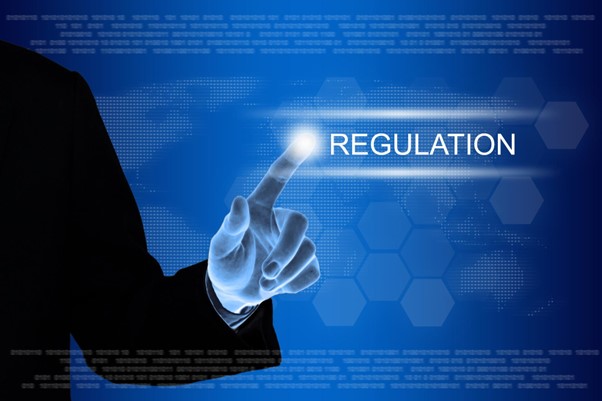Cryptocurrency regulation is no longer a matter of debate; it’s already here. And, with each passing year, Web3 builders aiming to operate in some of the world’s best markets are now required to ensure compliance with current and upcoming regulatory frameworks. In this regard, responses to the various regulatory developments affecting this space have been vast and varied. While some countries like the United States have adopted strict regulations, others like the United Arab Emirates have more favorable regulations, recognizing the market’s future potential.
In the middle of the spectrum lies the European Union and its forthcoming Markets in Crypto Assets (MiCA) regulation. Scheduled to be implemented as early as spring 2024, MiCA is designed to provide clarity and legal certainty for crypto-asset use and trading. Compliance with this regulation will pose challenges for all Crypto Asset Service Providers (CASPs), including Web3 startups.
Embracing Compliance for DeFi Growth
The decentralized finance (DeFi) sector holds enormous potential for growth, so much so that a recent PwC report suggests that the blockchain sector is projected to add $1.7 trillion to the global economy by 2030. However, reaching this point requires developers and businesses to stay abreast of complex regulatory frameworks like MiCA. Failure to do so could result in closures, prosecution, or hefty fines.
AllianceBlock’s NexeraID offers a solution. As a self-sovereign identity issuance and verification platform, NexeraID streamlines complex compliance workflows while safeguarding users’ identities and assets. This technology can help CASPs and Web3 startups navigate MiCA compliance challenges without compromising the core tenets of blockchain and decentralization.
Navigating MiCA: Implications for CASPs
MiCA is designed to establish a harmonized regulatory framework for crypto-assets across the EU, facilitate cross-border operations, and enhance consumer protection. One of its key requirements is that builders must conduct customer due diligence (CDD) measures, such as Know-Your-Customer/Anti-Money Laundering (KYC/AML) checks. They must also obtain a license from their home country’s financial regulator to operate in the EU and comply with strict reporting and disclosure requirements.
Non-compliance with MiCA could result in severe penalties. While the financial implications remain unclear, other EU legislation offers some insight. Under the General Data Protection Regulation (GDPR), for instance, the maximum fine for non-compliance can be up to 4% of the company’s annual global turnover or €20 million. These potential penalties underscore the critical need for Web3 builders to ensure regulatory compliance.
Solving MiCA Compliance Challenges
From the outside looking in, NexeraID can be described as a self-sovereign identity issuance and verification platform that enables companies to seamlessly onboard users to the burgeoning Web3 ecosystem using self-custodial or custodial wallets. It also simplifies complex compliance workflows while safeguarding users’ identities and assets.
To elaborate, it uses self-sovereign identities (SSIDs) for compliant KYC/KYT, allowing users to control their data while meeting regulatory requirements. It also enables builders to integrate off-the-shelf compliance rules or customize their own to meet their specific needs, reducing the compliance burden for Web3 companies.
One of NexeraID’s primary benefits is that it allows users to create reusable KYC reports that are wholly owned by them. This approach not only meets regulatory compliance requirements but also preserves the sanctity of one’s private data — thus, aligning with Web3’s core principles. Moreover, NexeraID allows for verified KYC and KYT reports off-chain and on-chain, offering greater flexibility and scalability for Web3 companies.
The NexeraID system consists of multiple modules. For example, NexeraID’s Wallet offering provides an avenue for embedding a self-custodial smart wallet that enables users to store, manage, recover, and handle their digital assets and verifiable credentials. Similarly, the NexeraID Identity module serves as a self-sovereign identity issuing and verifying infrastructure that allows users to generate verifiable credentials connected to their on-chain and off-chain identities.
Lastly, the NexeraID Compliance module removes regulatory barriers and ensures compliance with necessary frameworks and requirements. Together, these solutions create a comprehensive workflow that can satisfy the entire compliance user journey for any Web3 application.
What lies ahead?
As we look towards a decentralized future, the importance of regulatory compliance in the Web3 sphere will only grow. MiCA is just one example of the new legal frameworks being developed to regulate the digital economy. To help navigate these relatively unchartered terrains, NexeraID provides a robust and flexible solution enabling Web3 builders to adapt to these changes and thrive in the evolving digital landscape. Therefore, it will be interesting to see how this space continues to evolve from here on out.
